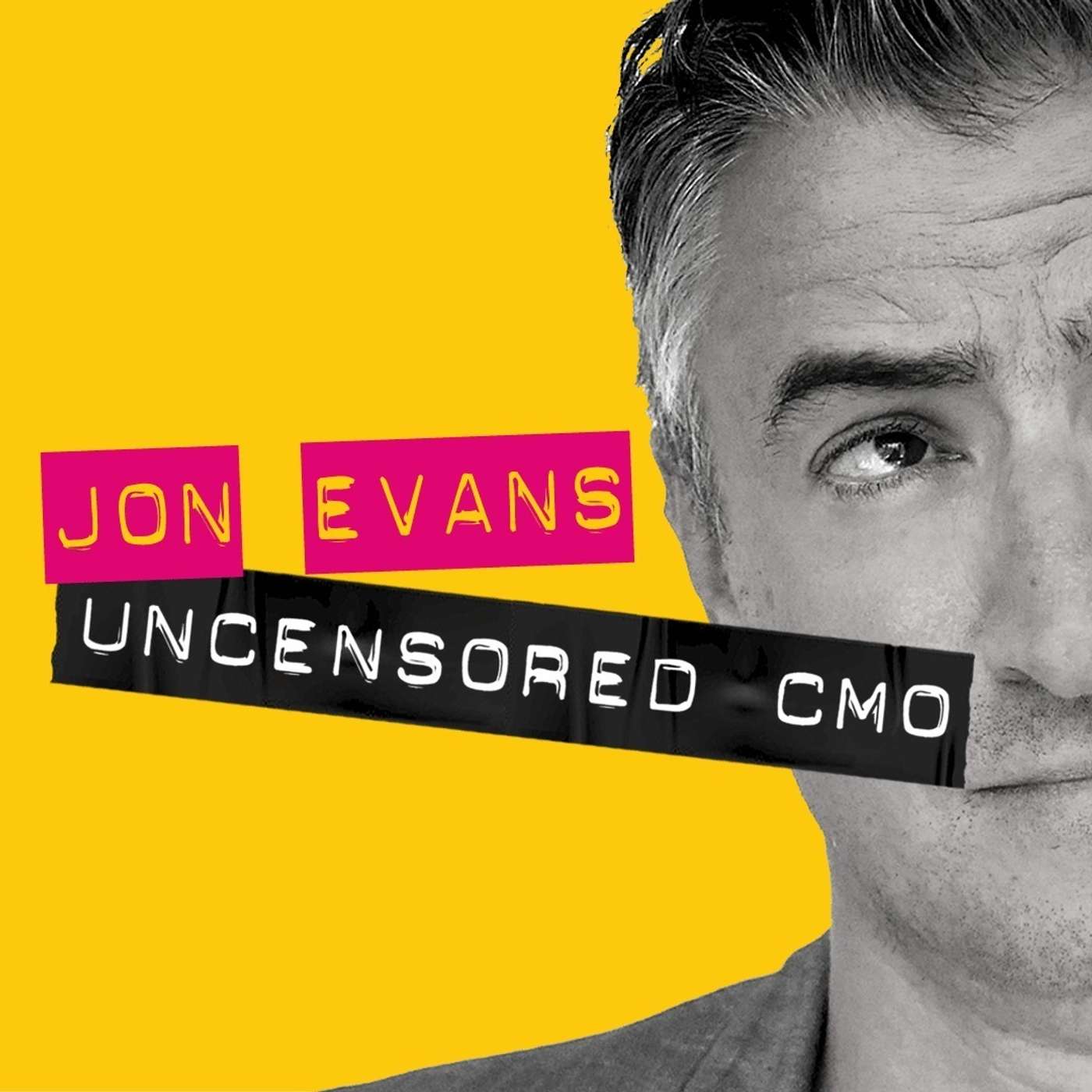
The Looking Glass
“The truth stands in the looking glass, waiting for those brave enough to look it in the eye.”
The Looking Glass
The Truth Of Low Level Processing & Work That Still Makes A Mark
This episode explores Robert Heath's concept of low-level processing in advertising, which posits that consumers often interact with ads subconsciously and passively. This theory contrasts with high-level processing, emphasizing that ads can still build brand familiarity and positive associations even without focused attention. To leverage this, it suggests advertisers prioritize consistency in messaging, evoke positive emotional responses, and create distinct sensory elements like catchy jingles. While subconscious influence is key, the material also notes the importance of balancing these techniques with informative content for actively engaged consumers. Ultimately, the concept redefines effective advertising by acknowledging the multitasking nature of modern media consumption and the power of subtle persuasion.
Have you ever found yourself humming a jingle from some commercial you barely even noticed was on?
SPEAKER_00:Oh, definitely. Happens all the time.
SPEAKER_01:Or maybe you're at the store and you reach for a product that just feels familiar, maybe? but you can't really place why. It's almost like some ads are, I don't know, working on us even when we're not really paying attention, which sounds a bit weird,
SPEAKER_00:right? It does sound counterintuitive at first.
SPEAKER_01:Well, today we're going to take a deep dive into some really fascinating insights from the world of advertising. We're looking at excerpts from Subtle Persuasion, The Art of Low-Level Advertising. That's right. And our mission really is to unpack how these ads manage to work their magic even when you're not consciously engaging And it's
SPEAKER_00:fascinating because this work, particularly Robert Heath's concept of low-level processing, it really shifts how we think advertisers are reaching us. It kind of turns old assumptions upside down.
SPEAKER_01:Okay, I'm hooked already. Because honestly, when I first heard low-level processing, my first reaction was, well, surely if I'm not actually paying attention, it just doesn't work. It goes in one ear and out the other. Doesn't it just wash over you? Is that wrong?
SPEAKER_00:That's a really common thought, yeah. And it's exactly what Heath challenges. Most of us probably assume that for an ad to work, you need focused attention.
SPEAKER_01:Right. You need to watch it.
SPEAKER_00:Exactly. But low-level processing, that refers to the subconscious exposure. The incidental stuff happens sort of in the periphery of your awareness. Like
SPEAKER_01:when an ad's just on the TV in the background while you're cooking?
SPEAKER_00:Precisely. Or scrolling on your phone, maybe chatting, and there's an ad somewhere on the page. or playing softly, you're only giving it a tiny fraction of your attention, if any conscious attention at all.
SPEAKER_01:Okay.
SPEAKER_00:And that's the complete opposite of what we call high-level processing. Yeah. That's when you are deliberately watching, say, a Super Bowl ad or maybe reading all the details in a magazine ad. You're actively engaged.
SPEAKER_01:Which is what I always assumed was the point of advertising, getting that focus.
SPEAKER_00:We mostly think that way, yes.
SPEAKER_01:So, okay, here's the kicker then. If our attention is so minimal, like barely registering these ads, does it actually do anything? Does it make an impact? It feels like it shouldn't.
SPEAKER_00:Yeah, this is where it gets really interesting. And Heath's crucial point is, yes, it absolutely is effective. Even that minimal exposure. How? Well, low-level processing over time can lead to brand familiarity and it can build positive associations. The ads don't need you to consciously analyze them. They kind of seep into our subconscious mind.
SPEAKER_01:Seep in. That sounds a bit insidious.
SPEAKER_00:Well, maybe a little. But they subtly influence our perceptions, our preferences. It's less about a conscious decision based on the ad's message and more about this quiet, persistent nudge in your subconscious.
SPEAKER_01:So an ad I barely notice might actually make me choose one brand over another later on without me even realizing why.
SPEAKER_00:That's exactly the idea. It affects you without you consciously connecting the dots back to the ad.
SPEAKER_01:Okay, that's, wow. So if advertisers know this, if they accept that a lot of the time we're not giving them our full attention, how do they design ads for that? How do they still cut through the noise, so to speak?
SPEAKER_00:Right, that's the million-dollar question for marketers, isn't it? And the source, subtle persuasion, highlights a few key strategies. First off, consistency.
SPEAKER_01:Consistency,
SPEAKER_00:okay. Yeah, it's vital. Because this low-level stuff relies on repeated, almost accidental exposure. So maintaining a really consistent brand message, the logo, the colors, the overall feel across all your ads, that slowly carves out a space in people's minds.
SPEAKER_01:So it's not about one big memorable ad necessarily?
SPEAKER_00:Not always, no. It's often more about, as the text puts it, the steady, persistent drip that eventually wears away the stone. just being there consistently in the background.
SPEAKER_01:Okay, that makes sense. What else?
SPEAKER_00:Second big thing, positive emotional response. This is huge. Heath argues that the feelings generated through ads have a stronger influence than the information they convey, especially in low-level processing.
SPEAKER_01:Feelings over facts.
SPEAKER_00:For this type of processing, largely yes. So ads should aim to create a positive feeling. Chicker, nostalgia, warmth, maybe just a bit of intrigue, something that makes you feel good. Even fleetingly.
SPEAKER_01:And those feelings get attached to the brand.
SPEAKER_00:Exactly. Yeah. Subconsciously. And these emotional associations formed without much thought tend to be more resilient and influential than cognitively processed information. Think about a catchy tune in an ad. You don't analyze the lyrics. It just makes you feel upbeat maybe.
SPEAKER_01:Yeah. Or those ads with cute animals or babies.
SPEAKER_00:Perfect examples. They trigger an immediate positive emotional flicker. And that ties into the third strategy. using standout visual or auditory elements.
SPEAKER_01:Like jingles again, or striking images.
SPEAKER_00:Precisely. Things like catchy jingles, striking visuals, or memorable taglines. These little elements can kind of sneak into the subconscious. They linger there. And then later, maybe days or weeks later, they can prompt recognition or recall, even if you don't remember the context you first encountered them in. It's like your brain just passively collects these little sensory hooks.
SPEAKER_01:That jingle I was humming earlier.
SPEAKER_00:Yeah.
SPEAKER_01:Yeah. Okay. But hang on. Does this mean all the details, the facts and figures and ads are just pointless then? Why even include them?
SPEAKER_00:Ah, good question. And no, that's not entirely true. It's nuanced.
SPEAKER_01:Okay.
SPEAKER_00:While the main impact from low-level processing comes from those emotional cues and the sheer familiarity, the informative content is still really important. But it's more for consumers who are paying attention, those in high-level processing mode.
SPEAKER_01:So if I'm actively researching, say, a new phone.
SPEAKER_00:Exactly. Then you You want the specs, the features, the comparisons. That information needs to be there and be convincing for those moments. So it's described as a balancing act, really. You need elements that appeal subconsciously through low-level processing and elements that provide substance for when people are actively engaged.
SPEAKER_01:A bit of both, depending on the situation and the consumer's mindset at that moment.
SPEAKER_00:Precisely. You cater to both possibilities.
SPEAKER_01:Okay. So stepping back... What does all this really mean for us living in this, you know, constant flood of media and ads today? It sounds like advertisers have gotten pretty sophisticated at playing this subtle game.
SPEAKER_00:They really have. And Keith's concept, it just embraces the reality of how we actually consume media now, doesn't it? We're often multitasking. We're distracted. We only give a tiny slice of our attention to any one thing, including ads.
SPEAKER_01:Yeah, that's definitely true for me.
SPEAKER_00:So by understanding this and adjusting their strategies, consistency, emotion, standout elements, advertisers can effectively cut through the noise. They can reach us and subtly shape how we perceive their brands, often completely under the radar of conscious attention.
SPEAKER_01:Wow.
SPEAKER_00:It really is a testament to, well, the power of our subconscious and just how subtle persuasion can be in this environment.
SPEAKER_01:Well, this has been eye-opening. We've definitely explored how much advertising is crafted to work on us, even when we feel like we're tuning it out. It changes how you see those ads you just sort of glance at, doesn't it?
SPEAKER_00:It absolutely does. Maybe the next time you're just casually scrolling your feed or listening to something with ads or watching TV, just take a second. Consider how much of what you're seeing and hearing might be intentionally designed to bypass your focused attention and just whisper to your subconscious instead.
SPEAKER_01:Food for thought.
SPEAKER_00:Definitely. It really highlights the art of subtle persuasion in action.
Podcasts we love
Check out these other fine podcasts recommended by us, not an algorithm.

Uncensored CMO
Jon Evans
On Strategy Showcase
Fergus O’Carroll
HBR On Strategy
Harvard Business Review
